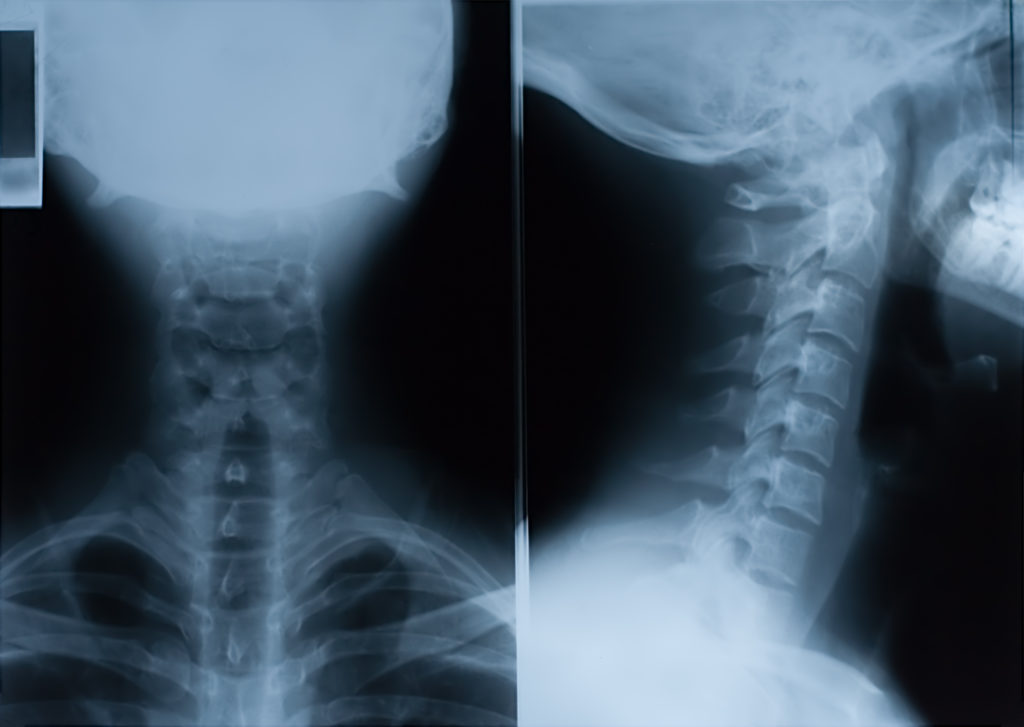The aim of this exploratory study was to characterize the genomic and neoantigen changes in 23 paired primary and recurrent head and neck cell squamous-cell carcinomas.

Head and neck cancer is a group of various tumors located in the oral cavity, oropharynx, larynx, and hypopharynx. Head and neck cell squamous-cell carcinomas (HNSCC) often result from tobacco use or human papillomavirus (HPV+) infection. In locally advanced HNSCC, the current therapies used are combined surgery, radiotherapy and chemotherapy. Despite the use of traditional treatments, up to 50% of patients relapse due to the increase in mutational burden as HNSCC advances. Few studies have investigated the therapeutic potential of neoantigens in HNSCC tumors.
“Prior work has characterized changes in the mutation burden between primary and recurrent tumors; however, little work has characterized the changes in neoantigen evolution.”
Neoantigens are new proteins/antigens that form on cancer cells after mutations occur in the tumor DNA. Certain neoantigens can promote anti-tumor immune responses and are potentially capable of controlling tumor progression. In an effort to characterize genomic and neoantigen changes in patients with HNSCC, researchers—from Washington University in St. Louis, Columbia University, St. Louis Children’s Hospital, and Siteman Cancer Center—investigated 23 paired primary and recurrent HNSCC tumors. Their paper, entitled, “Genomic and neoantigen evolution from primary tumor to first metastases in head and neck squamous cell carcinoma,” was chosen as the cover paper for Oncotarget’s Volume 12, Issue #6.
Patients and Samples
The researchers identified 23 biopsies from patients originally diagnosed with locally advanced HNSCC. Of the 23 patients in this study, 17 were male and 14 were tobacco smokers. The distribution of primary tumor location was nine in the oral cavity, seven in the oropharynx, six in the larynx, and one in the hypopharynx. The researchers note that all seven oropharyngeal primary tumor patients were HPV+. Each of the 23 patients received some combination of traditional treatment. Of these 23 patients, DNA and total RNA were independently extracted—totaling 69 samples. Twenty-three samples were from germlines, 23 were from primary tumors and 23 were from recurrent/metastatic tumors.
“To understand the recurrent mutation effect between primary and recurrent/metastatic tumors, we extract recurrently mutated genes (>1 sample mutated gene) from primary and recurrent/metastatic samples, separately.”
Recurrently Mutated Genes
The 23 germline blood samples were used in whole-exome sequencing (WES) data. The researchers also generated WES data using 46 paired primary and recurrent/metastatic samples from paraffin blocks and performed RNA sequencing successfully for 31 samples. After conducting RNA sequencing, they used Kallisto to predict gene expression in 16 primary tumors and 15 recurrent/metastatic tumors. A general trend showed that more mutations were within recurrent/metastatic tumors than in primary tumors. They performed KEGG pathways analysis to determine whether mutations occurred in pathways related to metastasis.
“Notably, ECM-receptor interaction pathway was extremely significant in recurrent/metastatic samples meaning that genes related to this pathway are more highly mutated than other pathway mutations in recurrent/metastatic samples.”
The TP53 gene was found to be the highest mutated driver gene in both sample groups, and the researchers identified BRCA1 and NOTCH1 as highly mutated driver genes in primary tumor samples. In recurrent/metastatic tumors, PIK3CA, ARID1A, RASA1, TSC2, and ERBB4 were mutated at higher rates than in primary tumor samples.
Infiltration of Immune Cells
To determine the infiltration of immune cells in primary tumors versus recurrent/metastatic tumors, the team performed immunohistochemistry. No significant differences in CD3+ cells, activated T cells, cytotoxic T cells, or CD3+ FOXP3+ cells were found. A significant increase of PD-L1 (an immune checkpoint protein) was found in recurrent/metastatic tumors. Upon further examination of immune checkpoint molecules, the researchers found a decrease in the expression of PDCD1 and CTLA4, with PDCD1 significantly decreased.
“We next sought to determine if genes containing neoantigens were shared between patients. Most neoantigens were unique to an individual tumor.”
Neoantigen Trends
In order to predict neoantigens among 46 tumor samples, this team utilized OptiType and MuPeXI to define the candidate neoantigens. Most patients had unique neoantigens based on the individual tumor type, however, the researchers’ analysis identified multiple patients with neoantigens in shared genes. They found neoantigens in six genes shared between four or five patients. (Three genes were among primary tumors: RYR3, DNAH7 and TTN; and three genes were among recurrent tumors: TNN, PIK3CA and USH2A.) They found that, compared to patients without them, patients who shared neoantigens in these genes tended to have increased neoantigens, CD3+ CD8+ T cell infiltration and duration of survival with HNSCC.
“These patients have increased total neoantigens, and a trend toward increased duration of survival with disease, infiltration of CD8 cells, and CTL activity. This suggests HNSCC neoantigens can stimulate an anti-tumor immune response.”
Conclusion
In conclusion, six genes with predicted neoantigens were found in four or more HNSCC patients. The researchers explained that while there is considerably more work needed in order to expand on their results from this small sample, the observation of neoantigens in these shared genes is significant.
“This raises the possibility that the presentation of certain neoantigens are important for control of tumor growth. This small exploratory study will provide the justification for a larger study of neoantigens in HNSCC.”
Click here to read the full research paper, published by Oncotarget.
Behind the Study: Drs. Brian Van Tine and Charles Schutt discuss this research.
ONCOTARGET VIDEOS: YouTube | LabTube | Oncotarget.com
—
Oncotarget is a unique platform designed to house scientific studies in a journal format that is available for anyone to read without a paywall making access more difficult. This means information that has the potential to benefit our societies from the inside out can be shared with friends, neighbors, colleagues, and other researchers, far and wide.
For media inquiries, please contact media@impactjournals.com.
